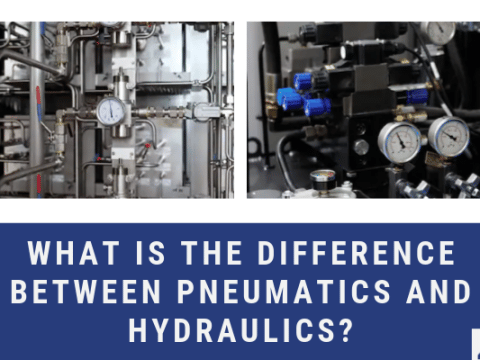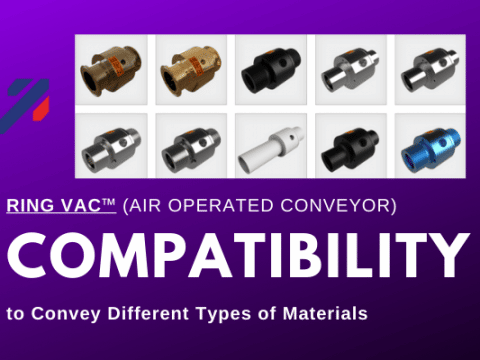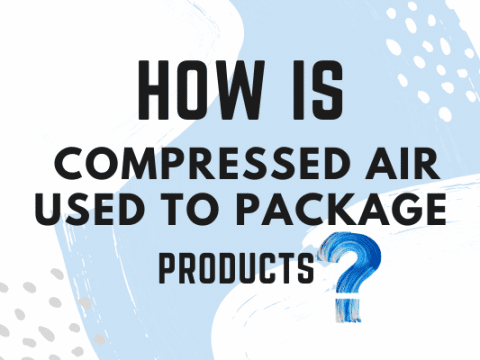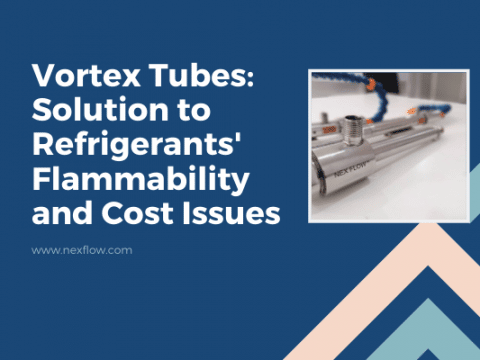
This is a topic that is worked to death from both blower people and compressed air people with bias so firmly ingrained – it is worthwhile to take a step back and look at this topic objectively.
The compressed air market is growing significantly every year at over 6% with 70% of compressed air is used for drying, blow-off and cooling. On the one hand – blower companies would recommend to replace every such application with blowers based on energy costs. On the other hand, compressed air companies tout advantages but focus on often exaggerated maintenance costs applicable to blowers.
As with anything else, the answer is typically somewhere in between and it truly depends on the factors that are important for your particular application.
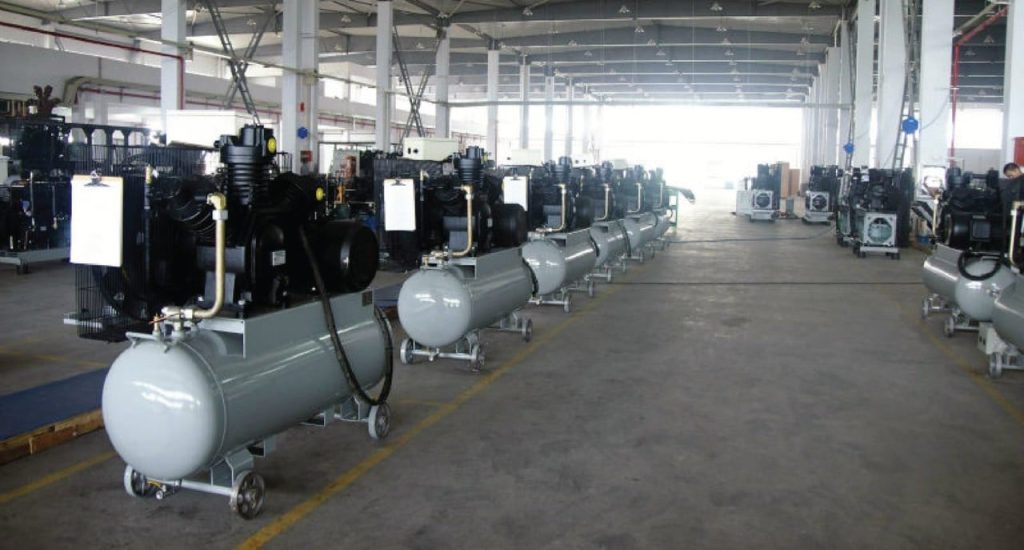
With reference to a white paper written some years ago – Compressed Air Versus Blowers – The Real Truth there are eight factors to consider:
- Availability of particular energy
- Space and weight
- Noise level
- Application particulars
- Reliability
- Energy cost
- System cost
- Maintenance and operating cost
To explore these factors in detail you can refer to the above article – but here we will add some additional insights for each of the factors.
Energy Availability: It can be just as costly to install an electrical supply if one is not available while compressed air is. The reverse situation is also true. This initial installment cost should be considered.
Space and Weight: One has yet to see a blower operated air blow gun that is not the size of a missile launcher. Try to imagine a series of blower air guns, each with their own blower (which is necessary as you cannot transmit blower air over long distances as you can with compressed air). As such, many blower systems are large, heavy, and harder to handle taking up a lot of the factory’s real estate. This can add up to a significant cost.
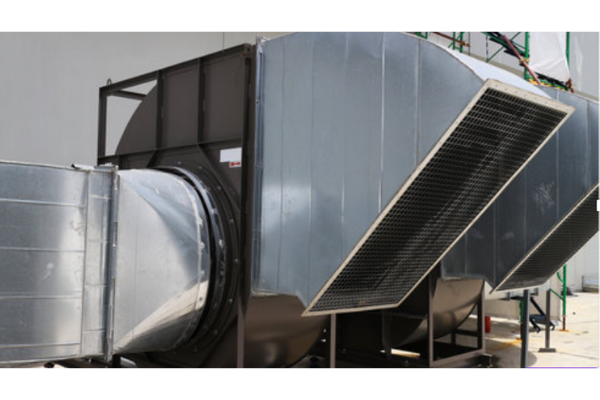
Compressed air operated accessories – on the other hand – are smaller in size and easier to work with because it is simply connected to a compressed air supply. Ultimately – ease of use translates to higher productivity. This is why air tools are more popular over electric tools. Having said that, if space is available and cost consideration favors blower operated system. That might be the option to go with – just remember that space and weight can sometimes be overlooked.
Noise levels in factory environments are increasingly an issue. As more research results come to light on noise effects on hearing this become an important factor in personnel safety and health. Both blowers and compressed air exhaust can be noisy but compressed air exhaust is easily addressed utilizing engineered air nozzles. These designed parts can reduce exhaust noise significantly for compressed air systems. Blowers operate at lower pressure and higher mass flow making them noisier as a result. Plus the blowers themselves, being in close proximity can create a cacophony requiring silencers at extra cost for safe operation. Blower suppliers try to downplay exhaust noise by stating that regardless of what energy source is used, you cannot reduce impact noise. This is actually true – but more often than not – it is the exhaust noise that adds significant decibel levels to any blow off, cleaning or drying application.
Application particulars is where both sides play with figures. Promoters of blower systems often fall back on the assumption that the alternate compressed air system will operate at a full 80 PSIG (5.5 bar) pressure all the time. However, this is not always the case. Blower systems often claim that it uses ⅓ of the energy used in a compressed air system. But, compressed air system has the ability to be used intermittently. So at full 80 PSIG pressure cycling on and off and actually used only ⅓ of the time – the energy cost suddenly becomes equal.
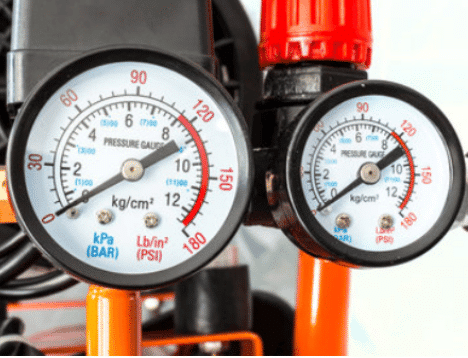
Compressed air system can use engineered nozzles, air knives, air jets and air amplifiers – all engineered profiles that convert energy normally lost as pressure drop and noise into high velocity flow to recover anywhere from 30% to even 90% energy used for blow off and cooling. Move over – operating pressure can be adjusted in compressed air system so blowing off at 60 PSIG instead of 80 PSIG can save another 10% of energy. Combing on-off use with line pressure adjustments, if is very possible to save more energy using a compressed air system than a blower system.
Energy consumed aside, in many applications pressure provided by blower systems is often not enough. Higher pressure output from a compressed air system may be required for the job at hand as blower system will take longer to complete the same task and sometimes not able to complete the task at all.
Reliability: You cannot have a central blower system but you can have a central compressed air system with backup. If a blower goes down, that blower needs to have a backup system brought in – for each location. If reliability is of great importance, then compressed air wins.
Getting back to energy cost, advocates of blower systems focus mainly on the energy cost compared to constant running, always high pressure compressed air options. With the advance of engineered air nozzles, air blades, air amplifiers and even pulsing systems that reduce compressed air quite dramatically, the claim of being 1/3rd the energy cost of compressed air does not always hold up. The difference can actually be much less in energy use depending on actual compressed air pressure needed and if there is on-off control where the blowing power is not needed all the time.
Overall system cost is also important. Capital cost of blower operated systems are always higher. You need a blower at each location of use, requiring more backup systems as reliability becomes more and more important. The amortization time needs to be factored in. Blower suppliers offset the capital cost typically against energy savings with little consideration of the cost of downtime and backup system costs and again, take the worst case scenario for energy cost. Compressed air advocates however, can often overstate the maintenance costs involved with blower systems which is also an exaggeration. So both options need careful evaluation for a true accurate overall system cost.
Finally maintenance and operation cost (apart from energy) are important considerations. Blower companies point out that maintaining air compressors is also a cost but then try to appropriate the entire cost to blow off operations which is not realistic. Air compressors operate cylinders, instrumentation and other devices apart from blow off and cooling operations. If 70% of compressed air is used for blow off and cooling, then at best you can only appropriate 70% of those compressor maintenance costs to those applications. On the other hand, you would have more blowers to take care of which means generally much more maintenance cost as well as potential additional downtime costs.
In summary, when comparing the alternate technologies it is important to factor out the bias from each alternative to choose the best system. As an illustration, we had a customer (who has since relocated their operation) that was using blower systems to dry radiators that were produced in the factory. Not only was the drying system very noisy, it was also not drying adequately. The client needed a more powerful compressed air system, so they opted for compressed air operated air knives to replace the noisy blower operated air knives. One of the other complaints was the regular breakdown of the blower which may have been just a coincidence, but nevertheless a costly irritant. The switchover was successful. When the person who made the change left the company a new person came in who was more focused on energy saving and only that so he went back to the blower system. Sometime later the company switched back to a compressed air operated system and with a couple more switches – they finally ended up using the compressed air devices.
Realistically one has to look at the overall costs involved with each system including effect on output and productivity to determine which one is the best option. The above anecdote serves to illustrate that bias very often affect the choices made. It is important to look at all the factors listed earlier to determine what is best for your operation. Blower operated blow off systems are not always the best nor are compressed air blow off systems always the best. The first place to start is to review what you need to accomplish and work back from there. List what is important in each situation – is it noise? Do you have the maintenance personnel necessary or have access to them as necessary and the cost? How important is reliability? Energy cost is certainly important but so is productivity and production output.
So the next time you go to purchase a compressed air operated hand held air gun, think about why you are using that instead of a blower operated blow gun as an example. It would seem absurd to replace that compressed air device with a blower system due to the large and heavy size it would be plus having a noisy blower next to you (but considering an energy saving air nozzle for that air gun would be something to think about!). Apply this same logic to your factory overall. Where high flow and low pressure is adequate and the system must be constantly running, where noise not a big issue and where there is plenty of space, probably a blower operated system is the best option. But when the application for blow off is intermittent, where more force is required to maintain productivity and output, reliability is important and space is at a premium, compressed air blow off might be the better option.



